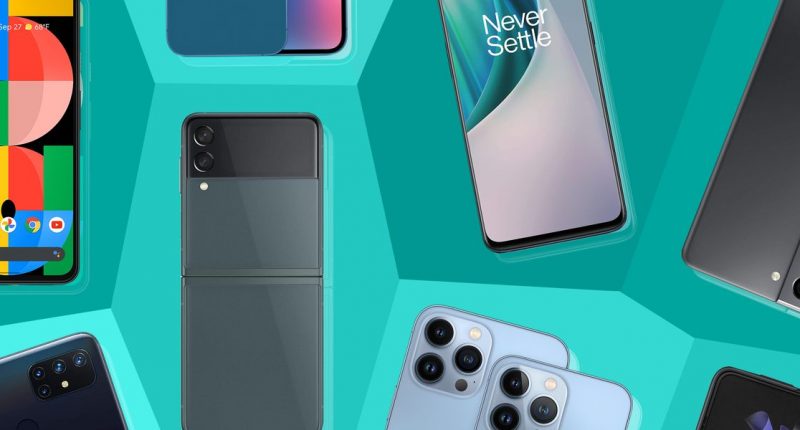After an unprecedented rise during the early stages of the pandemic, the global gadgetry market has been clocking drops in shipments for quite a while. The global smartphone market, for example, clocked a drop in its shipments for the fifth consecutive quarter – an annual decline of 12% – for the first quarter of the year.
According to a fresh report by Canalys, the decline in the shipments of smartphones across the globe was “within expectations” throughout the tech industry. “There have been improvements in demand for certain smartphone products and price bands. Furthermore, some smartphone vendors are becoming more active in production planning and ordering components. Canalys predicts that the inventory of the smartphone industry, irrespective of channel or vendor, can reach a relatively healthy level by the end of the second quarter of 2023,” Canalys Analyst Toby Zhu commented on the matter. He added that it is still too early to predict the recovery of the “overall consumer demand. However, the sell-in volume of the global smartphone market is expected to improve due to the reduction in inventories in the next few quarters.”
“The smartphone market’s decline in the first quarter of 2023 was within expectations throughout the industry,” said Canalys Analyst Sanyam Chaurasia, an analyst at Canalys, noted that local macroeconomic conditions continued to hinder the investments and operations of vendors in multiple markets and that consumer demand refused to rise significantly even though vendors offered steep price cuts and heavy promotions from vendors. This remained true, especially for the low-end segment of smartphones, which Chaurasia attributes to the impact of high inflation on the confidence and expenditure of consumers.
“Additionally, the continuous sluggish end-user demand has triggered a major wave of destocking across the entire supply chain, with channels reducing inventory levels to secure operations. To maintain a low level of sell-in volume, vendors continued to use cautious production techniques, which had a long-term negative impact on the component supply chain’s operational performance,” he added.
Coming to the performance of vendors in the smartphone market in the global arena for the quarter, we find that South Korea’s Samsung rose to reclaim the top spot with a market share of 22% (a drop from the 24% it commanded in the corresponding quarter last year). Apple comes next after being demoted to second place, recording a rise in its market share from 18% in Q1 2022 to 21% in the first quarter of the current year. Chinese vendor Xiaomi occupies the third spot with a market share of 11% (a fall from the 13% it had in Q1 2022) and is followed by OPPO (whose market share grew annually to 10% for Q1 2023). Vivo completes the top five with a market share of 8% (which remains the same as last year), while other vendors maintained their market share of 28%.
The Tech Portal is published by Blue Box Media Private Limited. Our investors have no influence over our reporting. Read our full Ownership and Funding Disclosure →






